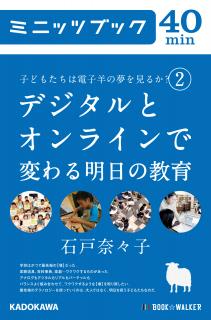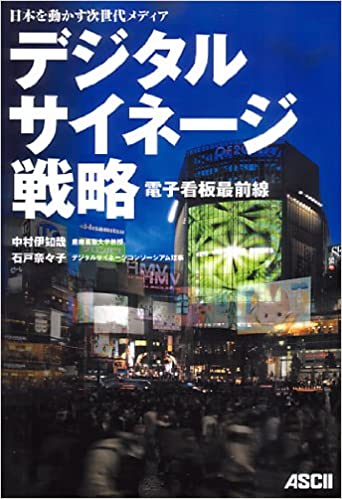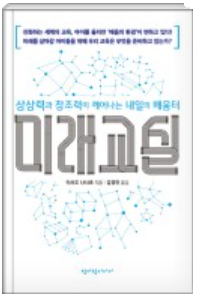超教育協会
- 2018.02.24
- Charter of “Learning of Tomorrow”
The below is the charter of “Learning of Tomorrow” planned to establish in May.
A lack of IT personnel has been a problem in Japan for some 30 years, but as IT has started to sink into every part of society in recent years, the demand for IT personnel is increasing, not just in IT and media production, but across all sectors of industry. However, coupled with the decline in the working population, securing such personnel is becoming even more critical.
Furthermore, the Fourth Industrial Revolution, driven by AI, IoT and other technologies, is said to be the fifth civilizational innovation —Society 5.0— after hunting, farming, industry and information technology. The ability to use IT, not just for industry but for all people in all aspects of society, culture and daily living, and to create new value on that basis, is likely to become a necessary foundational skill.
The government has adopted a policy of providing environments in elementary and junior high schools where students learn using information terminals and digital textbooks by 2020, and outlined plans to make programming a compulsory subject. Learning environments for the new era are now being set up, including the provision of online education in universities, the establishment of professional universities to cultivate readily-available IT personnel, and the expansion of “recurrent education” for re-learning.
Education businesses run by private companies, collectively known as EdTech, are becoming more active. Not only education companies, but one after another, communications companies, IT companies, game companies, toy companies and more are entering into the business of hardware and software provision. The use of apps and digital teaching materials in coaching schools, distance learning and the home is also progressing. The programming education business, such as the development of classrooms and teaching materials, continues to see new participants. Services that incorporate AI and big data, such as study records, into the development of educational materials are also being provided, while changes are also occurring in the environments of home and extracurricular learning.
However, in terms of the informatization of education, Japan remains an undeveloped country. At elementary schools, there is one information terminal for every six students, and in terms of IT implementation, Japan has the lowest level of any OECD country. Aside from the provision of IT environments, there are also many challenges regarding curriculum development and the training of instructors. While other countries are emphasizing STEM education and computer science education that includes programming, as well as making use of the cloud and social media, Japan is clearly well behind this.
There is also no doubt that informatization will enter its next stage after digitization and smart systems, in which a string of technological trends such as AI, IoT, robots and the blockchain surge into the realm of education.
Education has kept changing in line with technological progress. The invention of the printing press gave rise to textbooks, and simultaneous group lessons became established as a teaching method. In the 20th century, new media such as film, radio and television were used. In the 21st century, IT and AI are changing the type of worker that society requires, and that in turn will innovate education.
The new era is one of continuous change. It is a society in which lifelong learning will be required, from childhood to old age. Inside and outside the school, the home, the workplace and the local area must connect organically and create places of learning.
We should place our efforts into developing learning and teaching environments, and push forward the leading edge. We should endeavor to catch up to and lead the world in the areas of infrastructure provision for IT education and the development of advanced AI and IoT education.
This is also an attempt to build “Learning of Tomorrow”; learning spaces with the boundaries of traditional schools removed. This will require design that places all learners at its center. In doing this, it will be important to harness the wisdom of the many private sector entities with an interest in this field, and to take action.
January 2018
The Founders



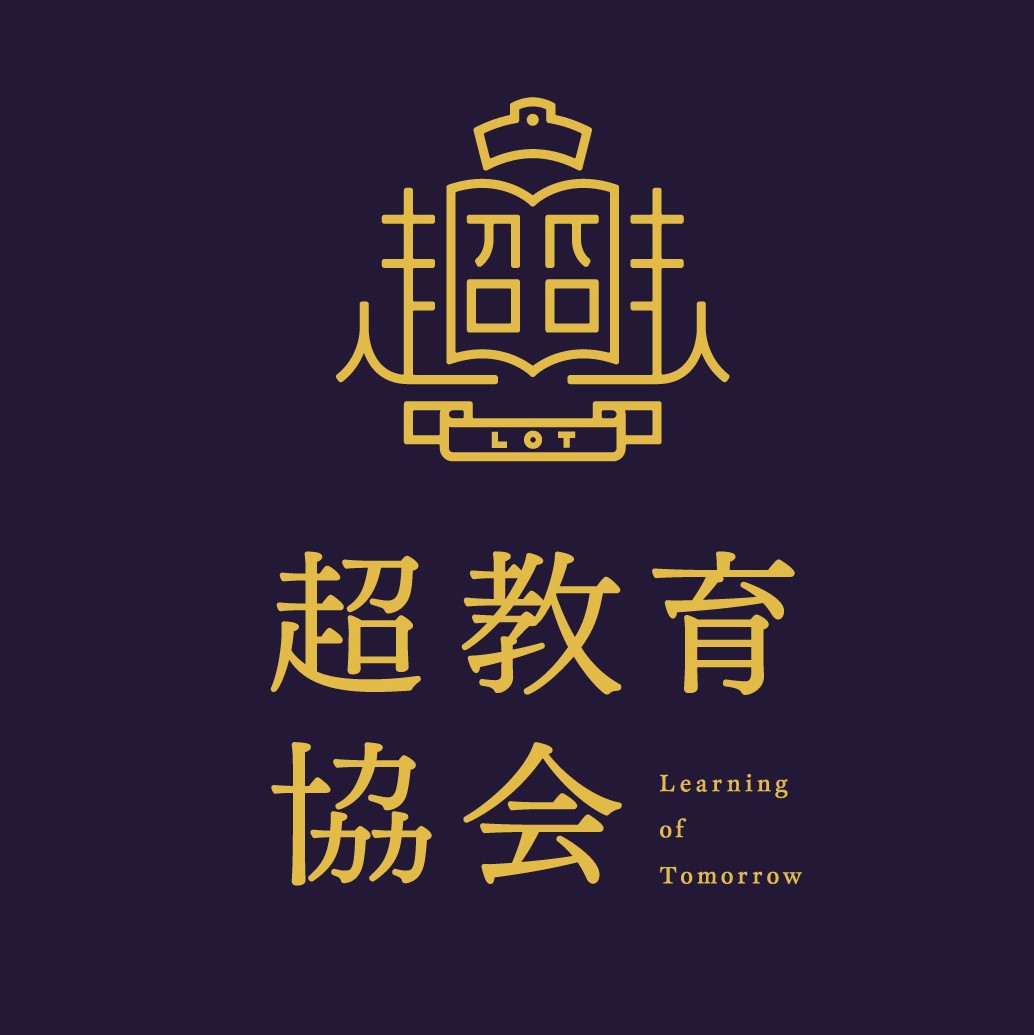

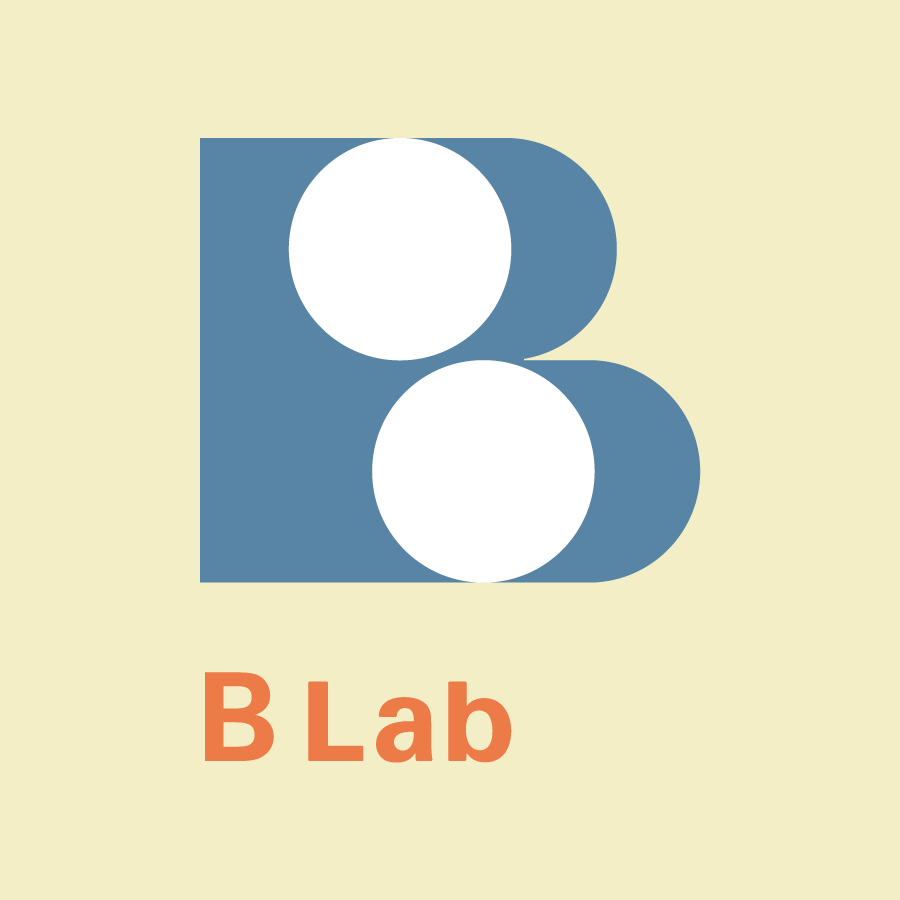
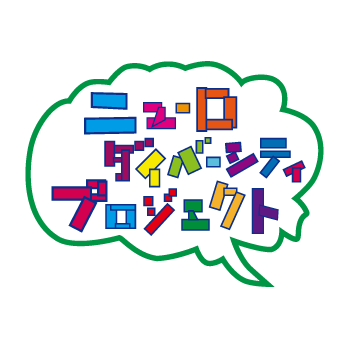

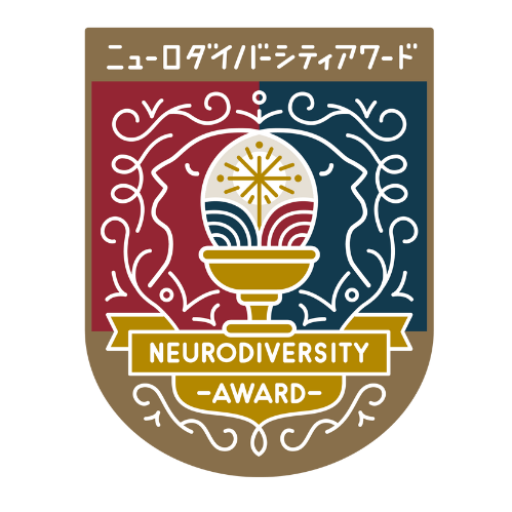
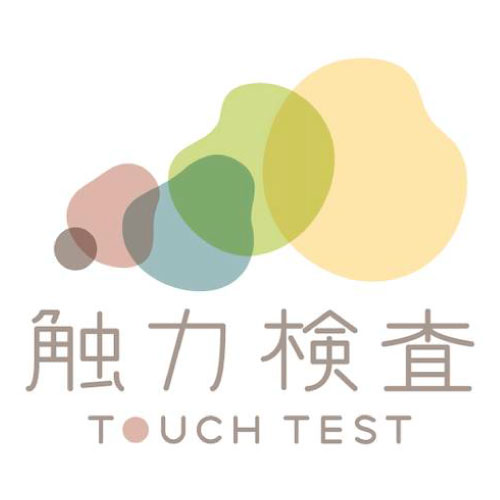

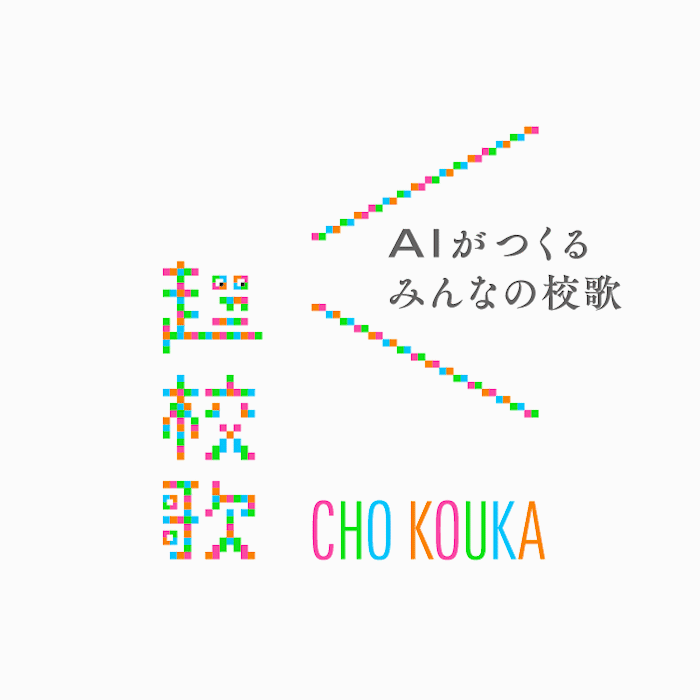
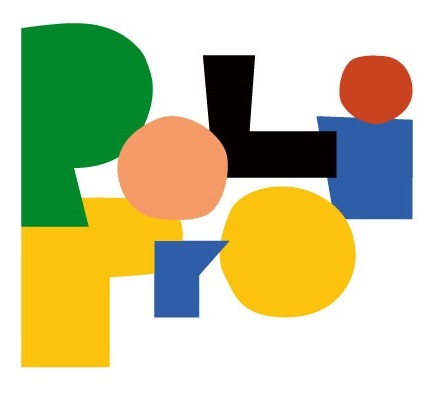
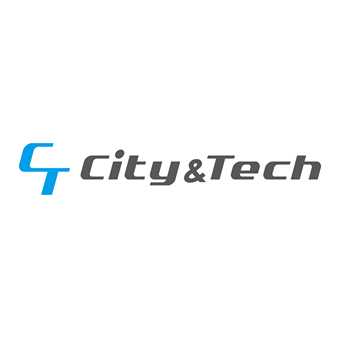
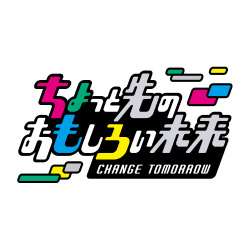

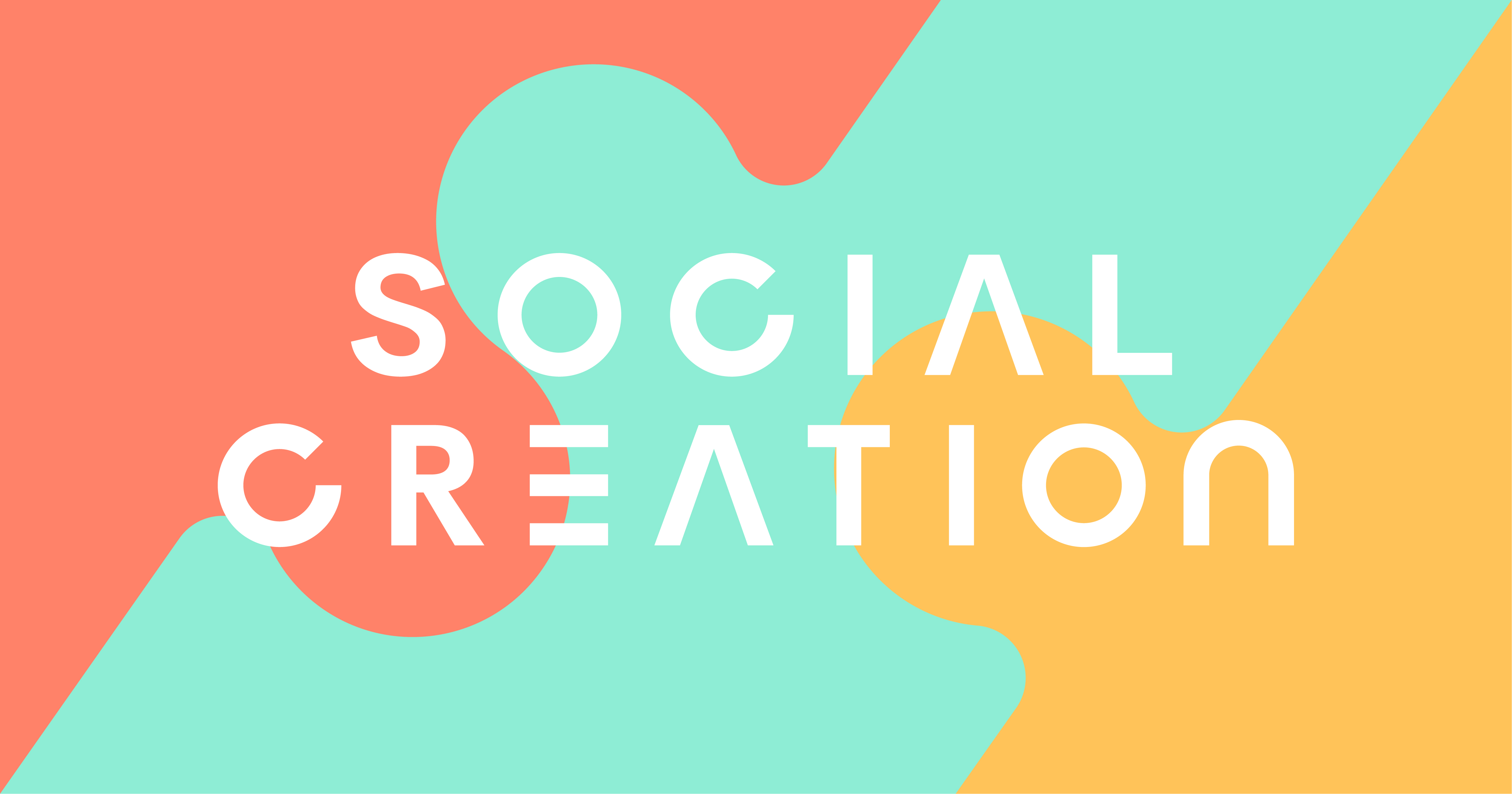




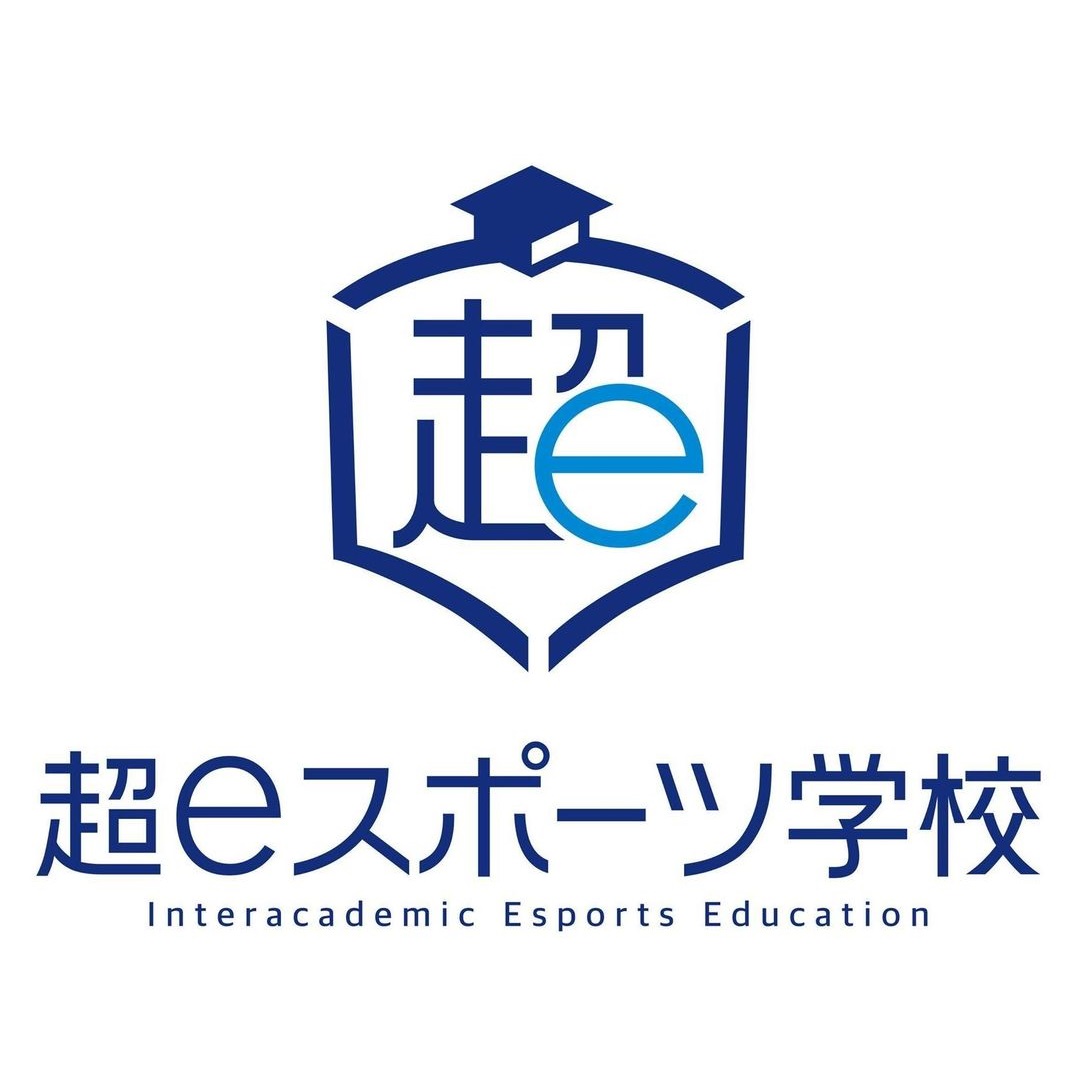
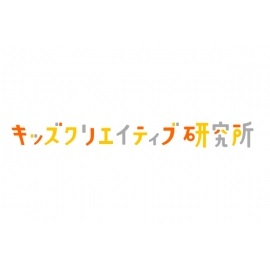

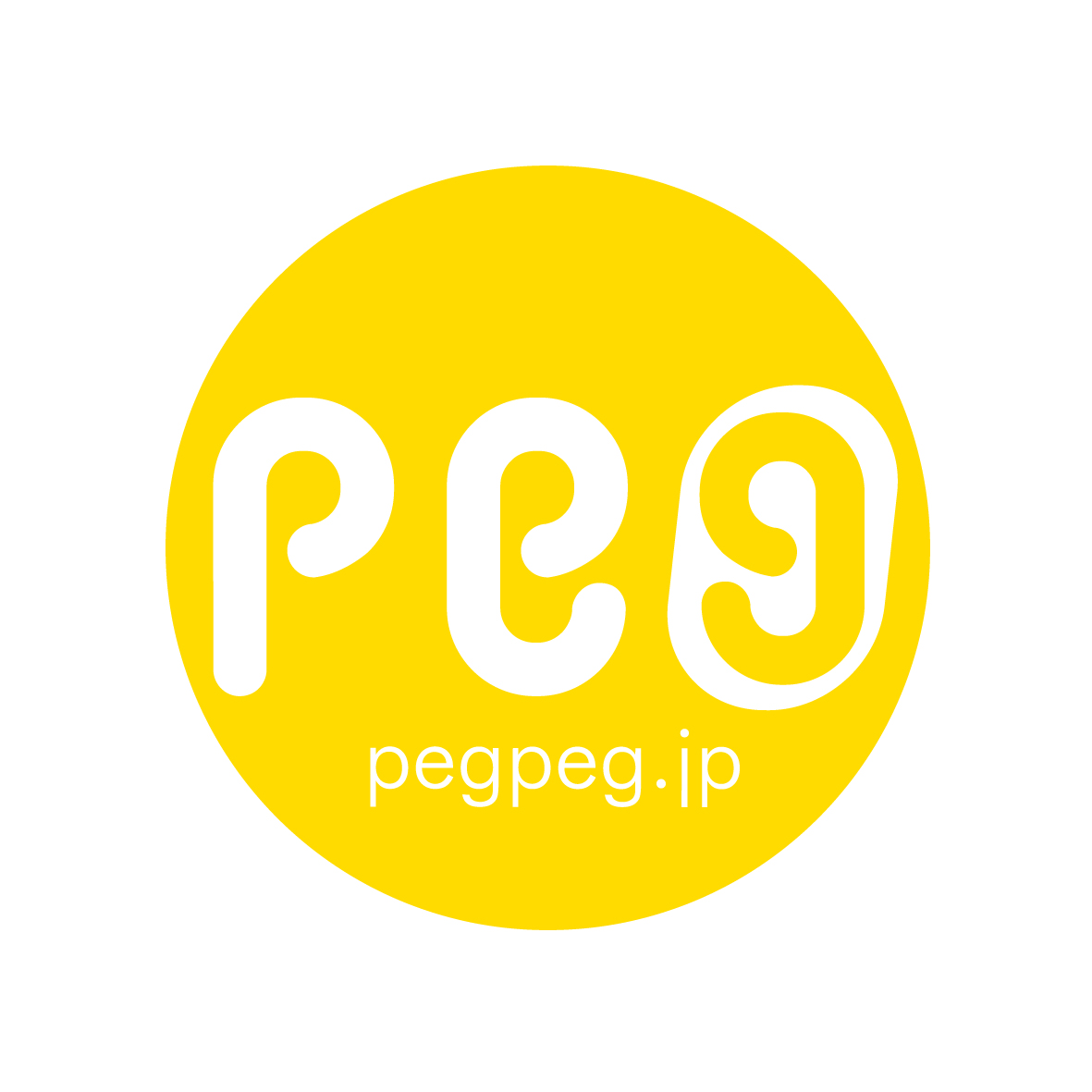
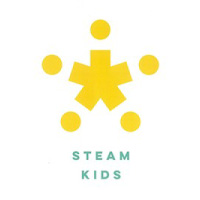

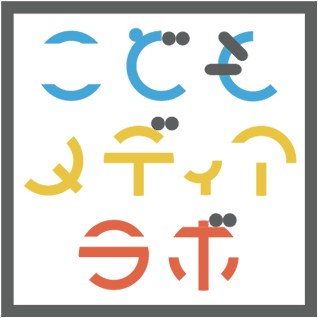
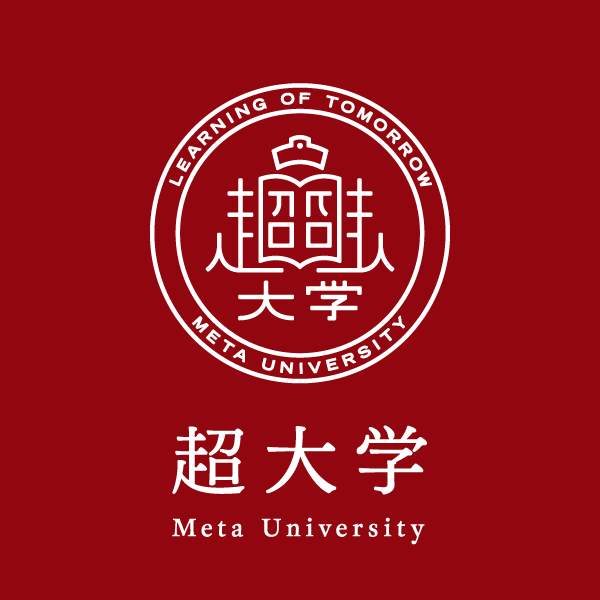

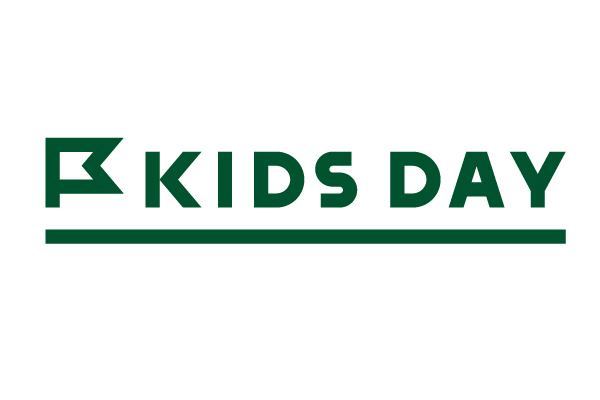



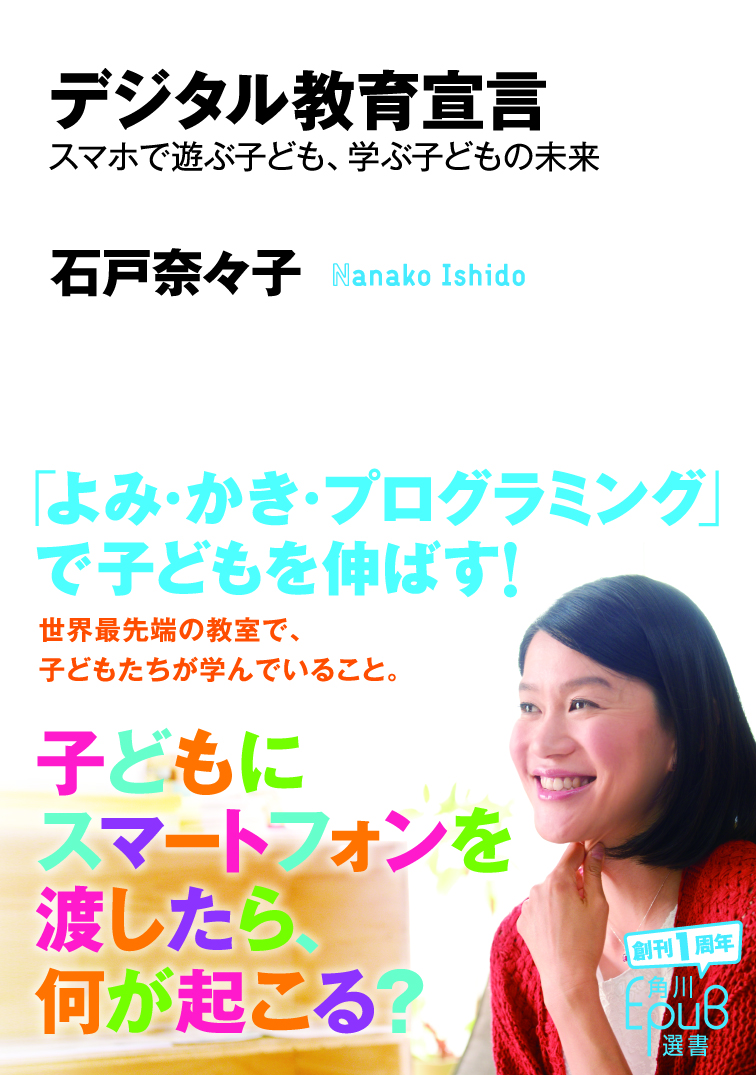
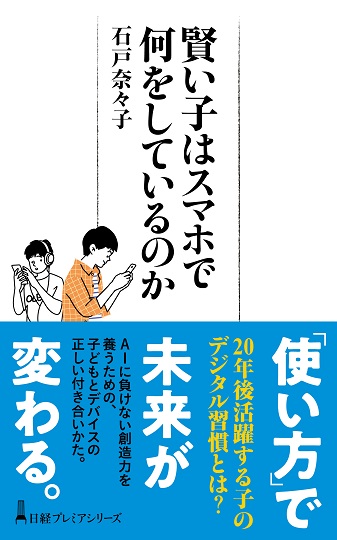



4052047885.jpg )

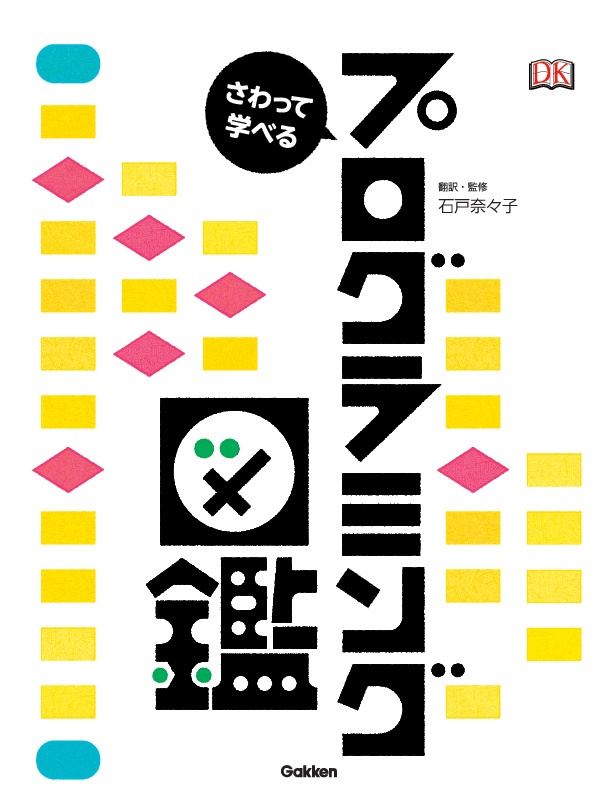





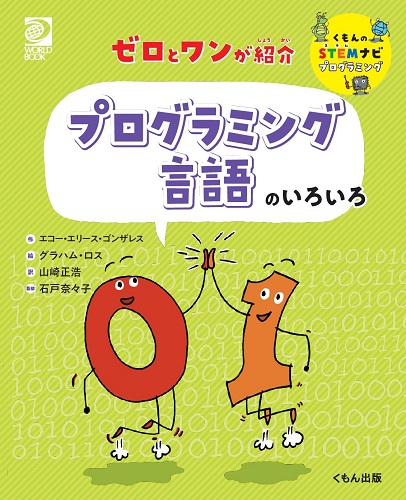
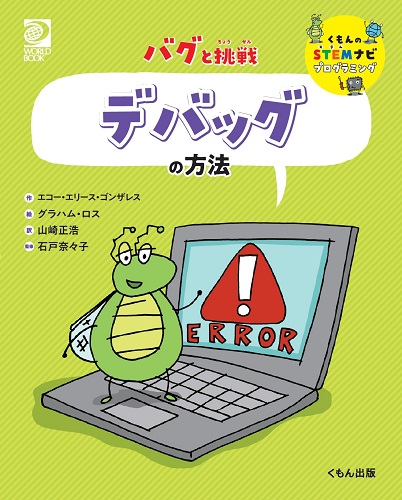
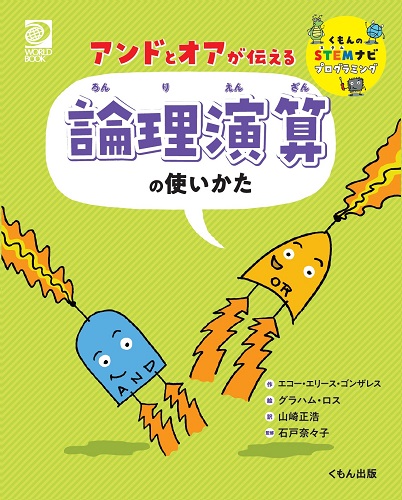
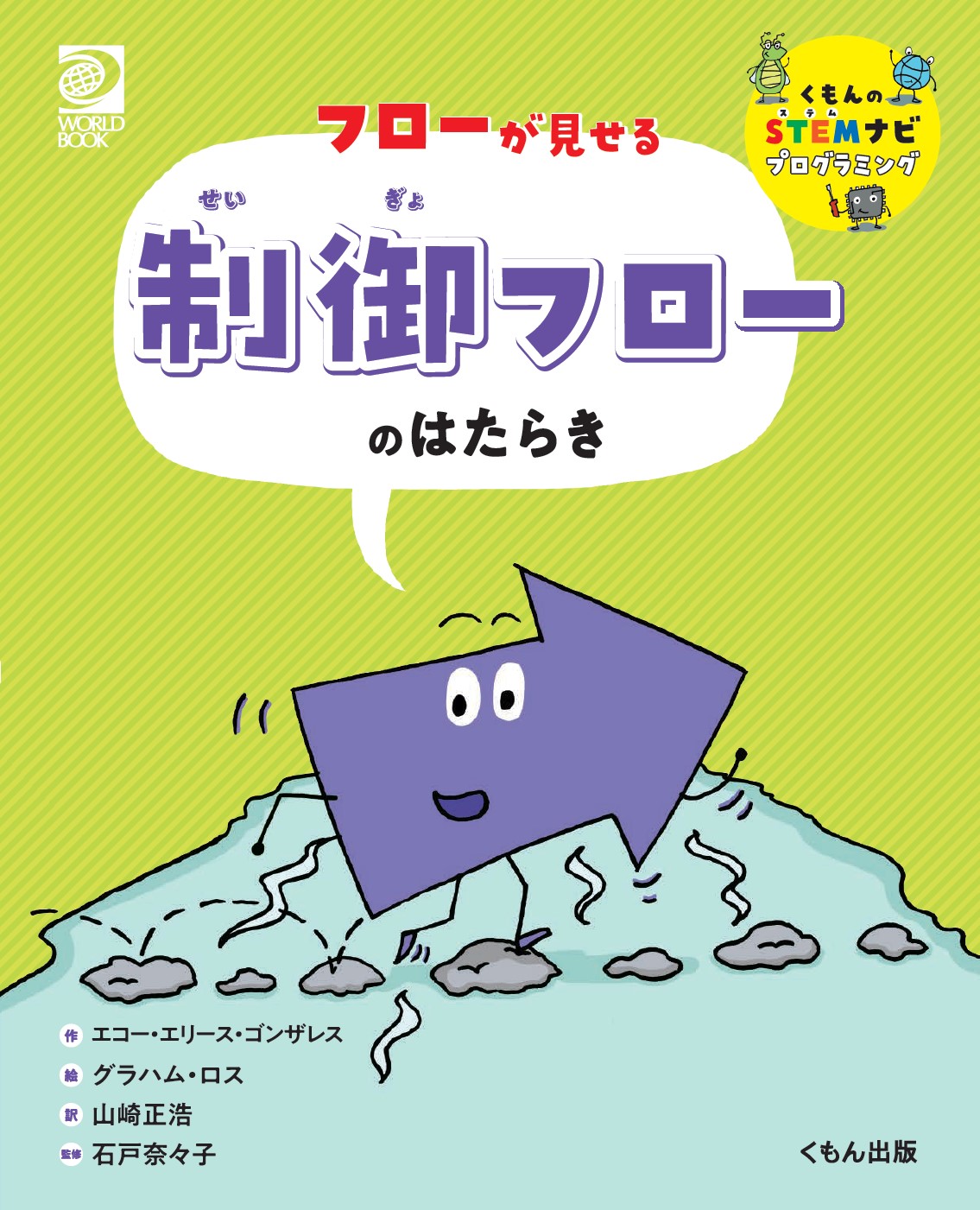

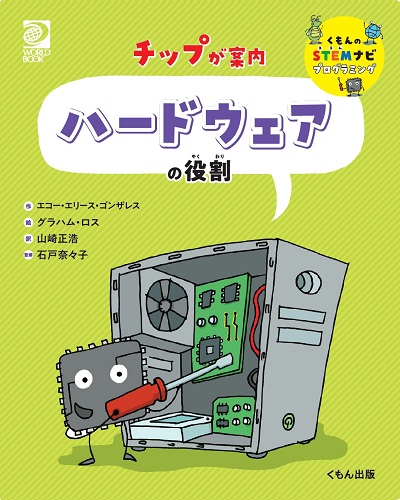
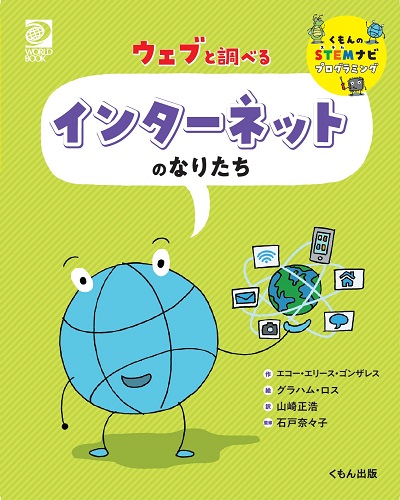
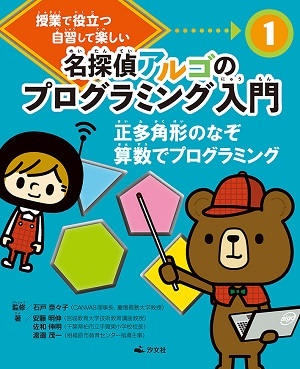
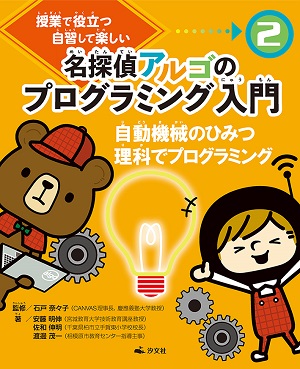






1.jpg)


